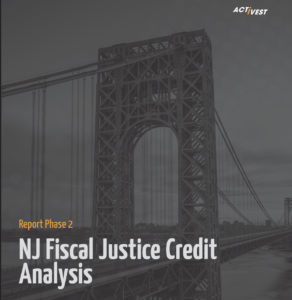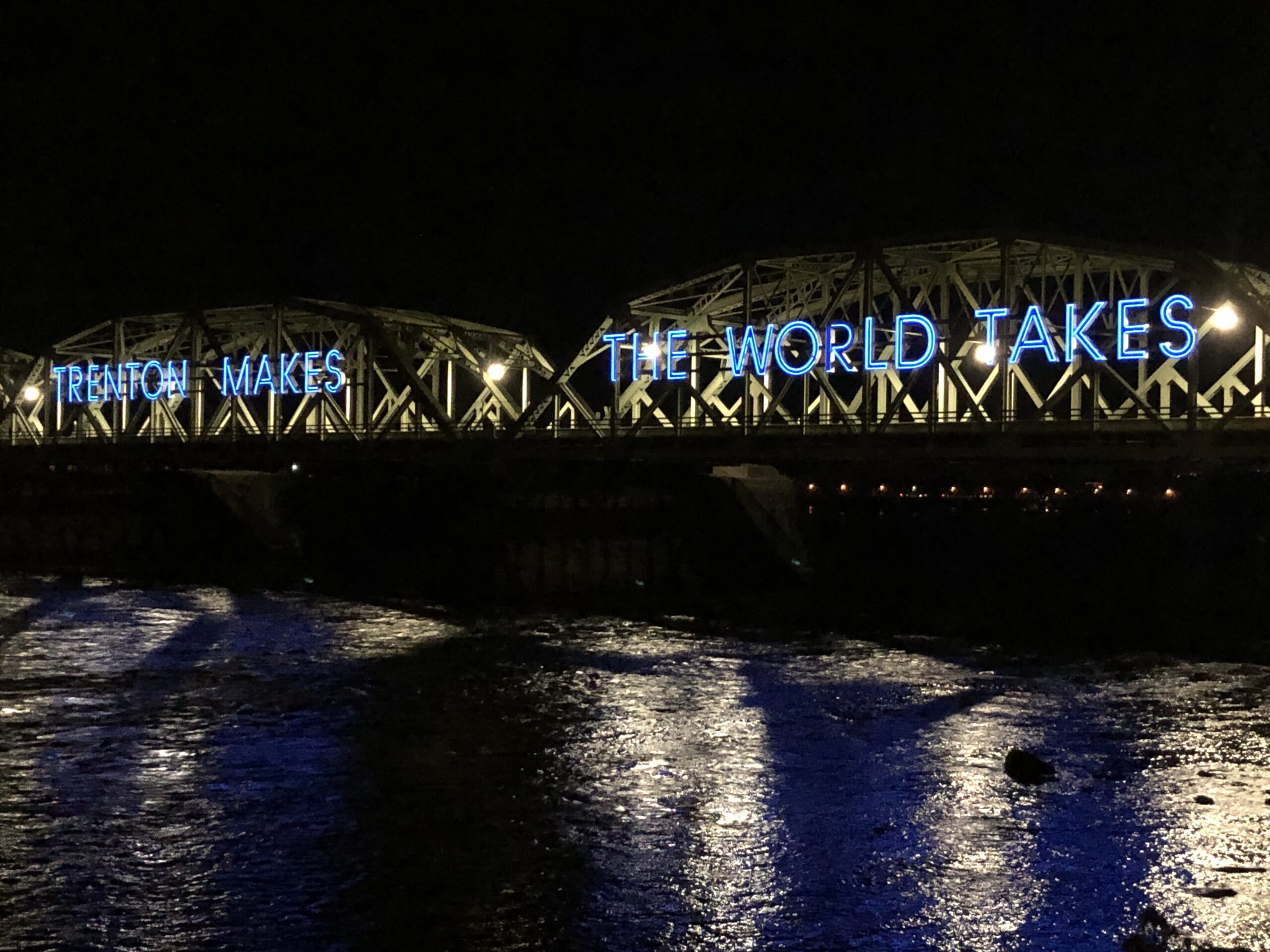In 2022, Activest began the work of building relationships and a research agenda in New Jersey. This effort was commissioned by the Robert Wood Johnson Foundation, with the exploratory goal of learning together what fiscal justice means and what the idea offers communities. We spent time in five communities in New Jersey: Newark, South Orange, East Orange, Camden, and Trenton.
Photo source: Famartin – Own work, CC BY-SA 4.0.
The writing which came from that first effort reflected how higher-dollar investments in public schools, libraries, and policing don’t consistently produce better outcomes for communities with regard to education, quality of life, and safety. We highlighted how despite these social inequities growing more prominent and challenging to future prosperity, cities continue to invest deeply in corporations through abatements and tax giveaways. We also showed how—in the subset of communities we reviewed—Black communities depend on tax abatements to incentivize redevelopment in the absence of the private wealth and taxation that predominantly white communities rely on. And that even the prospect of new tax revenues from gentrification may go unrealized when high-paid workers live outside of the city.
In the meantime, economic development based on attracting new corporations and real estate development exacerbated the displacement of longtime Black and Brown residents. In short, the use of traditional economic development tools tends to allow for gentrification while not directly solving the existing challenges faced by communities.
That early work can be explored here.
A Statewide Analysis
 In 2024 we completed a second phase of this project for New Jersey – establishing a fiscal justice framework for fifteen communities across New Jersey. We set out to identify a common set of concerns for fifteen communities across the state reflecting: history, health, education, work and income, safety, land and gentrification, and use of bond financing by local governments. While that is a lot to translate in a single report, we did it to quantify the financial impact on communities and elevate a new vision of economic development that is about people thriving.
In 2024 we completed a second phase of this project for New Jersey – establishing a fiscal justice framework for fifteen communities across New Jersey. We set out to identify a common set of concerns for fifteen communities across the state reflecting: history, health, education, work and income, safety, land and gentrification, and use of bond financing by local governments. While that is a lot to translate in a single report, we did it to quantify the financial impact on communities and elevate a new vision of economic development that is about people thriving.
Read our second-phase fiscal justice report for New Jersey on our website here.
Here are some top-level takeaways:
The architecture of public finance and community investment are fundamentally influenced by structural racism. For example, twenty percent of Moody’s government ratings are based on net taxable valuation, valuation per capita, and median income—all directly impacted by structural racism. Specifically, the more a city’s population is Black, the lower its net taxable valuation per capita as a result of decades of red- and green-lining that blocked investment in communities of color while prioritizing investment in majority white and wealthier ones. And in the fifteen communities, Black median household incomes are 33 percent to 89 percent of white median household incomes, a fact obscured by Moody’s reliance on median income estimates for all households.
The use of bonds in New Jersey and major public allocations, from the lens of these fifteen communities, shows they are not improving the most foundational community outcomes for the better. In maternal health, maternal mortality rates in New Jersey are the highest in the nation. Black women reporting adequate prenatal care is as much as 24 percent lower than for white women. Black infant mortality rates are at least double those of white infants across these fifteen towns. Most have a much larger gap than that.
By investing in people inter-generationally, we can prevent needless and racialized loss of community wealth – familial, intellectual, compassionate, cultural and economic wealth. For example, if infant mortality and income disparities between white and Black New Jersey residents could be erased, it would lead to an additional $206m in public wealth for each Black infant’s life saved every year. And that is a painfully reductive glimpse of what is possible, given the breadth and magic of human possibility.
To create equitable community thriving with public investments, our concept of safety needs to be reframed around the root causes of social determinants of health. For so many folks, the threats we face are economic – jeopardizing our homes, jobs, and the quality of our lives. Safety must first make us economically secure. Just one possibility from a fiscal justice perspective, is leveraging public investments to bring basic income to families with newborn children.
Leaning Into a 3rd Phase
In 2025 we are pursuing the third phase of this project: developing a deal book that offers detailed projects for directly correcting wealth and health inequality. These will be projects and programs that are attainable, community-sourced, and capable of setting future generations on a path toward household and community stability. Look for more writing about that effort in 2025.

